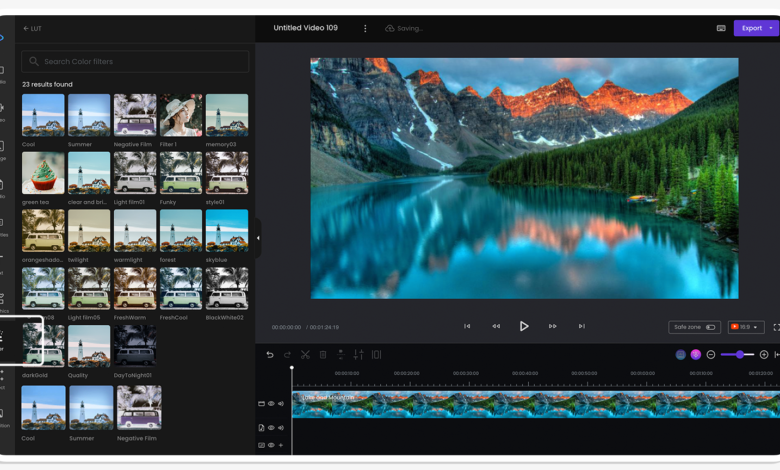How to Create Custom Filters in Your Video Editor

Creating custom filters in your video editor is an essential skill for enhancing your visual storytelling. By starting with a clear understanding of your project’s aesthetic and the foundational elements of filters, you can tailor adjustments to contrast, saturation, and hue. This process not only allows for unique visual expression but also fosters consistency across your projects. However, the intricacies of layering effects and blending modes can significantly elevate your results. What techniques will you employ to ensure your custom filters stand out in an increasingly competitive landscape?
Choosing Your Video Editor
When selecting a video editor, it is essential to consider not only your specific needs but also the capabilities of the software to meet those demands effectively.
Evaluate the editor features, such as advanced color grading and audio manipulation, alongside compatibility options with various formats and devices.
This ensures a seamless workflow, empowering you to unleash your creativity without technical constraints.
Understanding Filter Basics
An effective video editor not only provides a platform for cutting and assembling footage but also offers tools for enhancing visual storytelling through filters.
Understanding filter types and their effects is crucial for achieving desired visual aesthetics. Techniques such as color correction can transform raw footage, while an intuitive user interface allows for seamless application of creative techniques, empowering editors to elevate their projects.
Step-by-Step Filter Creation
Creating custom filters in video editing involves a systematic approach that allows editors to tailor visual effects to meet specific project needs.
Begin by selecting your base filter styles, then apply creative techniques to adjust parameters such as contrast, saturation, or hue.
Experiment with layering effects and blending modes to achieve unique results, ensuring the filter aligns with your artistic vision and enhances the overall narrative.
Exporting and Applying Filters
Exporting and applying filters is a crucial process in video editing that transforms custom designs into practical tools for enhancing visual storytelling.
Ensuring filter effectiveness involves testing the filters across various media formats while maintaining filter compatibility with different editing software. This approach allows creators to freely express their vision, ultimately enriching the audience’s experience through a seamless integration of personalized visual effects.
Conclusion
The process of creating custom filters in a video editor not only enhances visual storytelling but also allows for personal artistic expression. By meticulously selecting base styles, adjusting core parameters, and experimenting with layering effects, a unique aesthetic can be achieved. Once exported, these filters can transform future projects, ensuring consistency and compatibility across various platforms. How might the ability to create tailored filters elevate the overall quality and impact of visual narratives in contemporary media?



